 Date of Recording: 08.08.1970
Date of Recording: 08.08.1970
Station: 930 KHJ Los Angeles
Format: Top 40
Featured Air Personality: Robert W. Morgan
Contributor: Big Apple Airchecks
Post Date: 11/10/2017
Airchexx Entry: 1,524
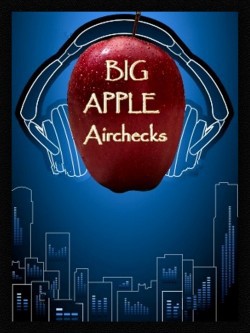
Curator’s Notes:
The evolution of radio, television and now the internet as means of mass communications often reminds us of how rapid the general public embraces new technology. Consider that from the time KHJ debuted it’s now legendary Top 40 format until roughly 1971, KHJ was the single most listened to radio station in Southern California. Fast forward just nine years, and ratings were so low (impacted by FM) that the station changed to Country, then to Oldies, and by 1986, disappeared altogether.
FM radio was king in Los Angeles somewhat earlier than other cities. With stations like KROQ 106.7 and KIIS-FM 102.7 making giant inroads, along with two other album rockers, L.A.’s radio audience abandoned AM to a large degree in the mid 1970s… just ten years after KHJ’s 1965 debut of Bill Drake’s “Boss Radio” captured the whole audience. It would be perhaps, 5 – 7 later before FM took hold to this degree in New York city… but that was due to different tastes and economics but essentially it was the same outcome. By 1980, AM music was done. WABC flipped to AC in 1981, and then talk in 1982 and never looked back.
Why go into details that are mainly well-known facts? Perhaps to illustrate the opening statement. The ‘audience’ for mass communication moves from one thing to another with near lightning speed today. FM radio’s doom was sealed the instant the ink was dry on Telcom ’96, this most everyone agrees upon due to it’s immediate effect on locally run and produced programming due to consolidation. However, by 2000, the internet had grown to the point that somewhat reliable ‘connected’ streams of music were developed through peer to peer sharing and FM’s lock hold on music delivery was done and would have been regardless of the landmark regulation in 1996. Today? Is radio doomed? Given both the history of mass communication and the frequency with which audiences oscillate back and forth between one ‘method’ of transmission and another, its doubtful that radio is done. It’s just more likely that some other form of programming or modulation/service will inhabit those frequencies. Today… KHJ survives as a Spanish language station, the call letters came back years ago. Robert W. Morgan is long passed, but other performers in other ‘radio’ services hold essentially the same type of audience, only larger.
Now, for us “old timers”, here’s a recording that brings back smiles to most. A ‘jock’ from the last heyday of AM radio when popular music was king and it’s presenters were rock stars. Presented for you to enjoy!

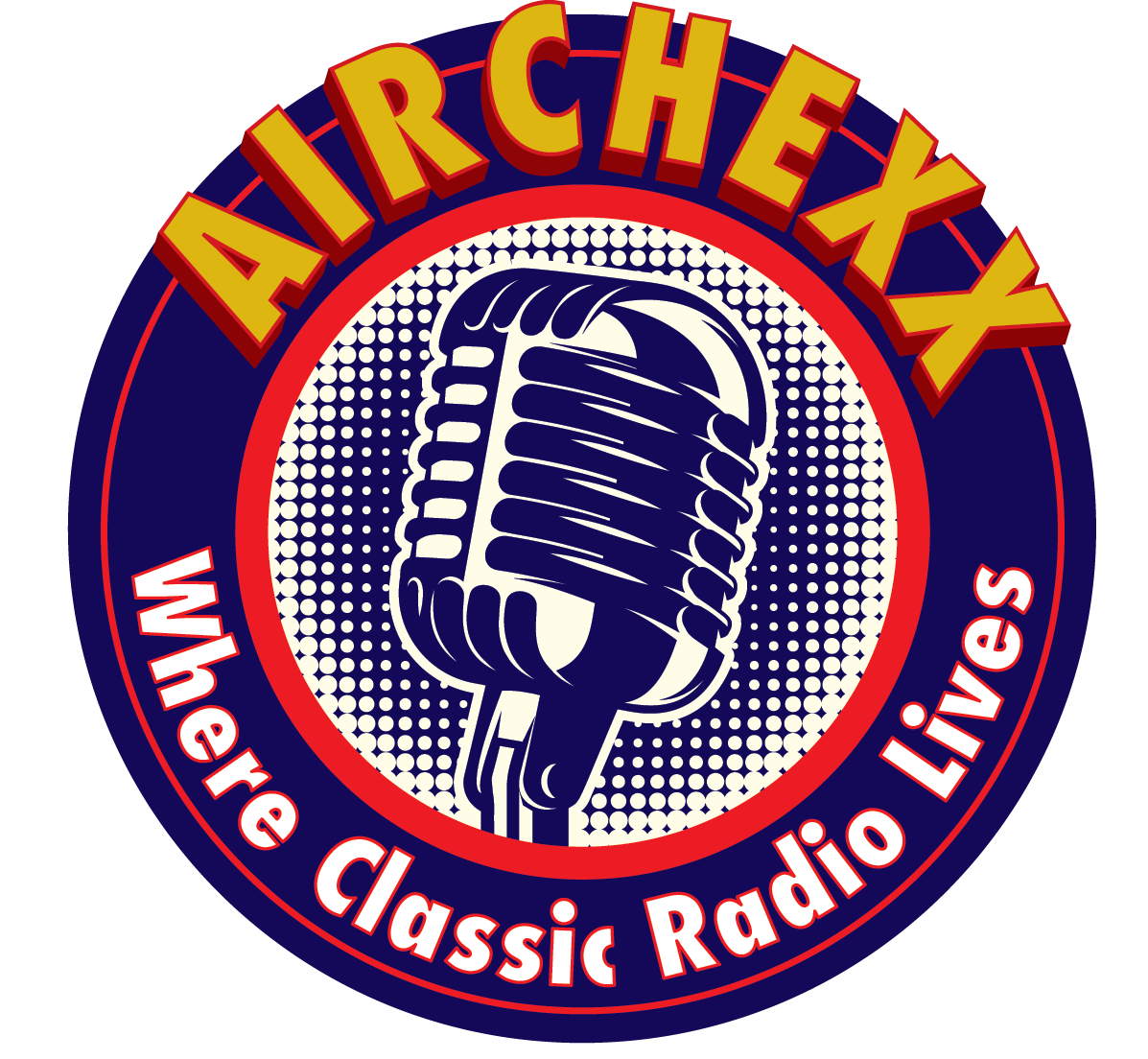
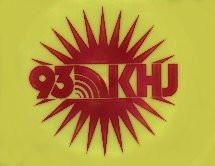

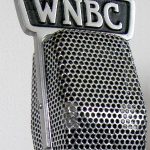
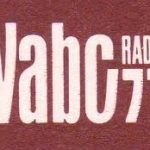
Paragraph two: “KHJ’s 1966 debut of Bill Drake’s “Boss Radio”.
No. April, 1965.
Typo. You know I’ve been around longer than that.
Does anyone know what the first song we hear playing is?
KHJ boss radio debuted in 1965; KIIS-FM wasn’t a force until 1981/82, and KROQ was closer to 1979. AM in LA was strong through about 1980
I mentioned KIIS-FM and KROQ because it wasn’t so much those stations de-throning KHJ as there was audience erosion during the late 70s, and as you know, not only by those two stations, but from it’s own AM band. KTNQ became a huge Top 40 until the format went to FM, and 640 KFI moved more towards Hit Radio by 1977-78, and had a very hot format by the time KHJ flipped to Country.
One more correction … KHJ has not been Spanish for at least a year, maybe more than two. It is now religious (Catholic).
Thanks for the history lesson. Liked Mr. Morgan’s opening remarks and the song (Only you Know and I Know)? at the start of this ‘check. It said that FM was a large factor in KHJ’s flip to country in 1980 and that FM radio was king in Los Angeles somewhat earlier than other cities. I’ve never been to Los Angeles, but I’d been deeply into country for a little over 2 years when the change was made. Had I been living in LA then, I probably would’ve already been listening to KLAC.
Robert W. was simply THE best morning man in America!
Grew up in the 60’s and 70’s listening to KHJ and Robert W. He was was truly a radio legend and part of the fabric of LA. I like a lot of us growing up in the 60’s and 70’s followed Robert W from KHJ to KIQQ to KMPC and finally KRTH.
KHJ had some of the DJ giants from Robert W. Morgan to the Real Don Steele, Charlie Tuna, Johnny Williams, Sam Riddle, Roger Christen, Dave Diamond, and Humble Harve
It was truly a moment in time and brings back a smile when I listen to some of these airchexx.
The first song is “Soul Shake” by Delaney and Bonnie (#43 in Billboard, but hit #12 at KHJ).
As for the history (brace yourself, Steve), Steve’s right (gasp!). KHJ had a 9 share at the time of this aircheck. Three years later (1973), it was a 5, and KLOS-FM had a 4. At night, KKDJ-FM was beating KHJ and KLOS was a couple of tenths of a point behind. In ’72 both KLOS and KMET were beating KHJ at night.
By 1977, KHJ was down to a 3.5. Yes, KTNQ had an impact, but it was never really huge outside of teens. It tied KHJ overall in early ’79, but that just meant both stations had a 2.3….and then beat them the final two books that KTNQ was English-language (2.4 to 2.1 and then 2.1 to 1.9), but that’s pretty weak for all concerned.
As for AM being strong in L.A. through about 1980—-I’d disagree. As early as 1976, the only music stations on AM in the top 10 were KHJ (3rd), KMPC (9th), KRLA and KDAY (both tied for 10th). By 1977, it was just KHJ and KMPC (both tied for 8th). In ’78, KLAC (7th) and KMPC (9th). And in 1979, KRLA (9th) and KFI (10th).
KHJ took its first blows from KLOS, KMET and KKDJ. Bill Drake helped out his old alma mater by flipping KIQQ to Top 40 in December of 1973 and splitting the available audience for Top 40 on FM.
But RKO did damage to KHJ itself when it went to a gold-heavy (40%) AC on KRTH in 1976. It was most of KHJ’s currents, with less-obtrusive jocks and a lower spot load. That shot KRTH from a 1.9 to a 3.4 in one year, the same year KHJ went from a 5.3 to a 3.5. And KRTH beat KHJ every book after that.
That same year, KTNQ siphons off the teens that hadn’t already split for FM, and we can’t underestimate KNX-FM’s draw on young females. KNX-FM beat KHJ in 1977.
So, yeah….it took 8 years, but the knife has mostly FM (KLOS, KMET, KKDJ, KRTH and KNX-FM) fingerprints on it.
Soul Shake – Delaney and Bonnie. Great groove.